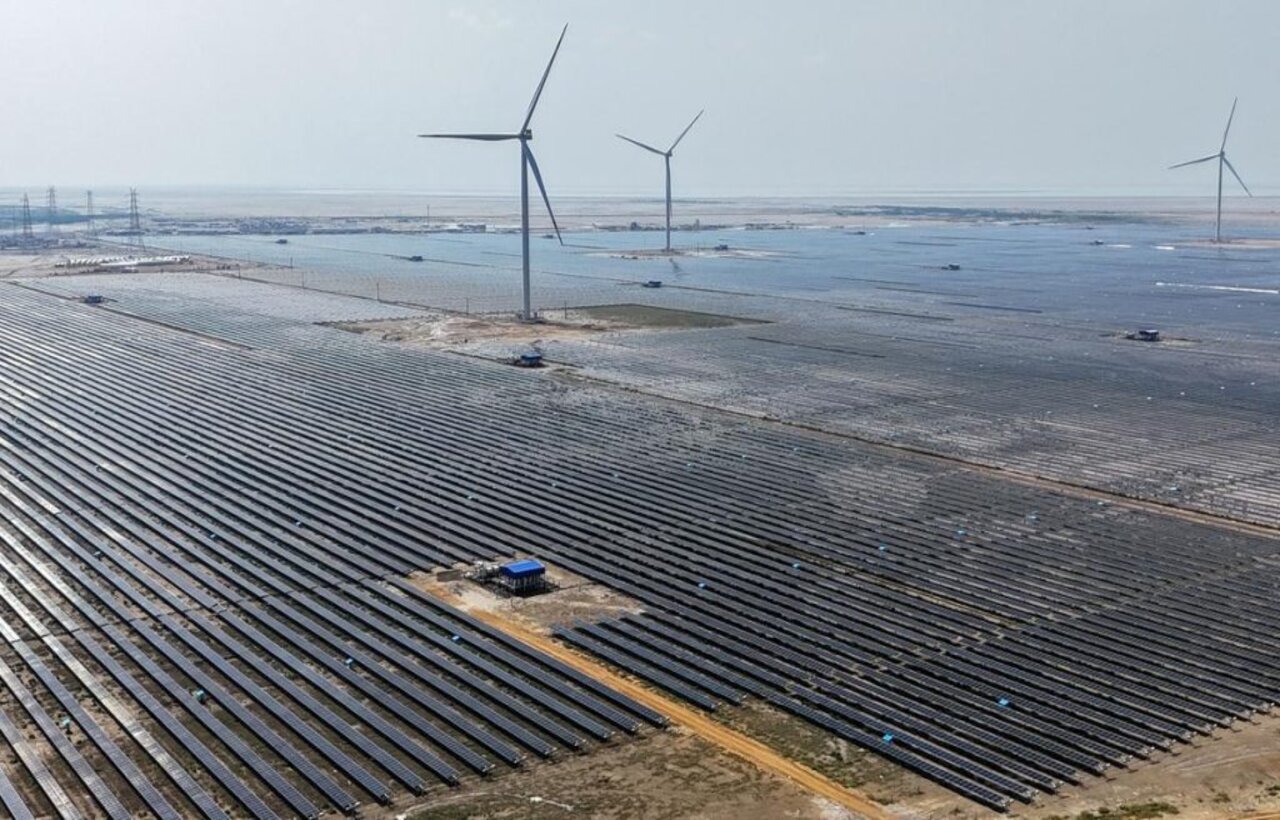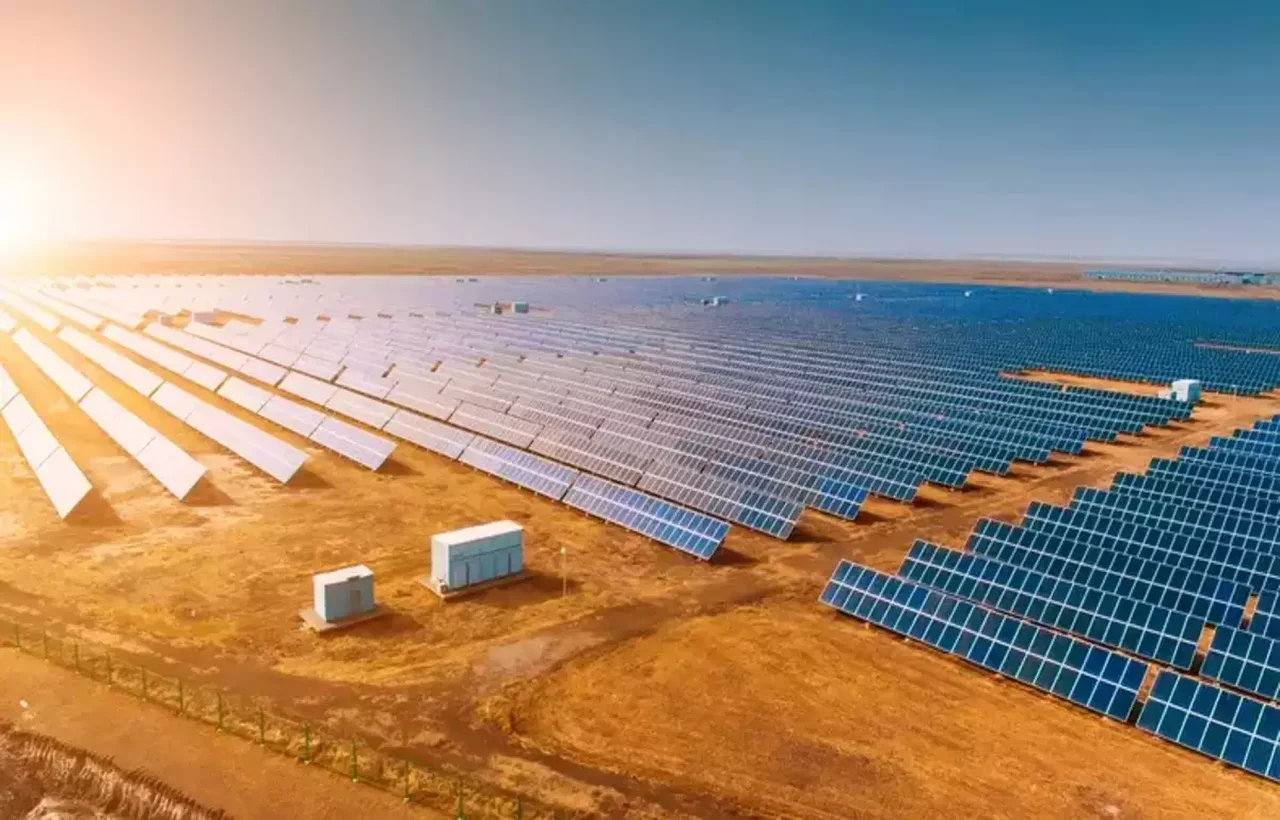India has officially become the world’s third-largest producer of wind and solar electricity, surpassing Germany in a milestone that reflects the country’s expanding role in the global clean energy transition.
According to Ember’s Global Electricity Review 2024, wind and solar together contributed 10% of India’s electricity generation, with solar alone accounting for 7%.
Solar power generation has doubled since 2021, and the country added 24.5 GW of solar capacity in 2024, more than twice the addition in the previous year. India now stands behind only China and the United States in solar energy production and recorded the fourth-largest increase in solar generation globally, contributing an additional 20 TWh of solar electricity.
As Phil MacDonald, Ember’s Managing Director, noted,
“Solar power has become the engine of the global energy transition. Paired with battery storage, solar is set to be an unstoppable force.”
The achievement has garnered international recognition. UN climate change chief Simon Stiell described India as a “solar superpower” and emphasized that fully embracing the global clean energy boom could further accelerate the country’s economic growth.
India’s Manufacturing Expansion in Solar PV
India’s position in the global solar industry is further reinforced by strong domestic manufacturing growth.
This expansion was primarily driven by demand from ongoing solar projects and the reimposition of the Approved List of Models and Manufacturers (ALMM) order, which came into effect in April 2024. Monocrystalline modules made up nearly 59% of the production capacity, followed by TOPCon, polycrystalline, and thin-film technologies.
In a continued push to build domestic capacity, the Ministry of New and Renewable Energy added 8,067 MW of module manufacturing capacity to the ALMM in March 2025.
Further, solar cells will also fall under the ALMM scope starting June 2026, signaling a deeper regulatory commitment to quality and traceability in manufacturing.
India’s Renewable Energy Targets
India’s renewable ambitions remain high. The country is targeting 50% of its installed electricity capacity to come from non-fossil fuel sources by 2030, which is in line with its updated climate commitments to the UNFCCC.
Additionally, the government aims to install 500 GW of non-fossil fuel capacity by 2030, a goal announced during COP26 in 2021.
Challenges in Scaling Clean Energy
Despite strong momentum, challenges persist.
A February 2025 report by Ember warned that India may fall short of its 2030 renewable energy target unless funding increases by at least 20% annually.
Rising electricity demand, coupled with the need for accelerated clean energy deployment, creates a complex dynamic. As Neshwin Rodrigues, Senior Energy Analyst at Ember, observed:
“India has made notable progress in adopting renewables but now faces a major challenge: ensuring its clean generation grows fast enough to meet rising demand.”
India’s recent achievements underscore a strong commitment to solar and wind development, but meeting future targets will depend on sustained investment, policy support, and grid readiness.
As the country balances economic growth with energy transition, its role in shaping the global clean energy narrative is becoming increasingly significant.

